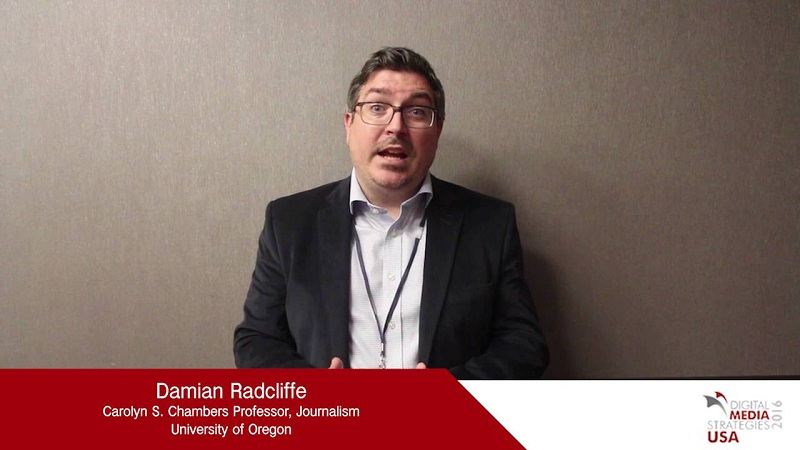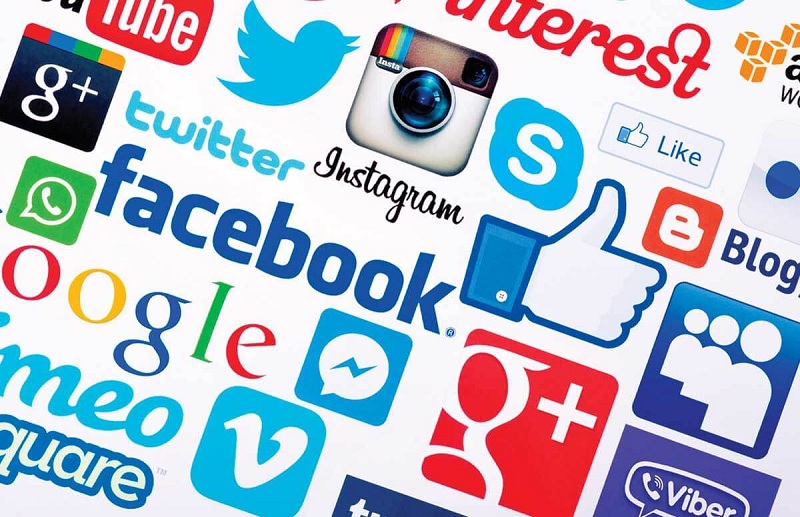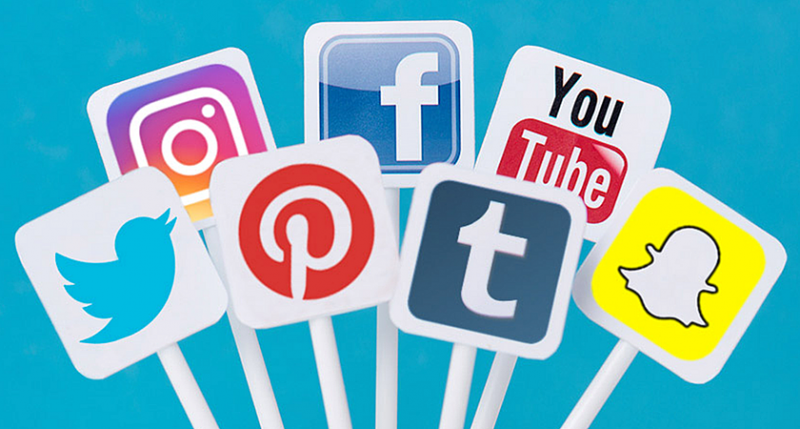By Kareem Sheta
“Posts, shares, tweets, pokes, reactions, GIFS, etc.” If you are familiar with most of these terms, then you are probably a member of the social media family. Facebook, Twitter, Instagram, Youtube, and other similar addictive social networks have become an integral part of many people’s lives on a worldwide scale starting with the Middle East.
Damian Radcliffe, Chambers Professor in Journalism at the University of Oregon’s School of Journalism and Communication, recently co-wrote an analytical annual report with Amanda Lam on how people across the Middle East use social networks. The paper provides “key research findings, industry data and announcements from the past year, providing an essential overview of social media developments in the MENA region”.

According to the Arabian Gazette, the 10 key findings identified from the past year include:
1. WhatsApp remains the most popular social media channel, based on usage, among Arab Nationals. Use of the apps group messaging function has grown substantially in recent years.
2. Despite WhatsApp’s popularity, not all of its functionality is necessarily available to WhatsApp, Snapchat and FaceTime video calls have historically been blocked in UAE.
3. Since 2012, Facebook has grown its MENA user base by 264 percent. However, in some Middle East countries, Facebook usage has dropped substantially (-20 percent) since 2013. However, usage of the Facebook portfolio of products has grown.
4. A more data friendly version of Twitter, Twitter Lite was rolled out in 24 new countries, in November, including Algeria, Egypt, Israel and Tunisia. The app is designed to make Twitter more accessible in developing regions where data plans are expensive.
5. There are 63 million Instagram users in the MENA region, equivalent to 10 percent of total global users. Usage has grown from 7 percent of MENA’s internet users in 2013 to 42 percent by 2017.

6. YouTube is viewed daily by half of young Arabs, according to the Arab Youth Survey. The fasting growing video segment is “short-form (few minutes long), amateur digital content – curated by Arab youth and distributed on video platforms.
7. Saudi Arabia is YouTube’s biggest market (globally) in per capita consumption, and video is the most popular online activity for young people, with the average 15-24 in MENA spending 72 minutes a day watching videos online.
8. Social networks are a popular means to keep up with the news in the Middle East, as elsewhere. Facebook is the most popular daily news source among young Arabs, ahead of online news, TV, and Newspapers.
9. In the UAE, around 43 percent of marketers spend up to $10,000 per social media influencer campaign, as this practice continues to grow.
10. Huda Kattan, an Iraqi American makeup artists and Dubai-based businesswoman, is the world’s highest paid social influencer, according to the first-ever Instagram Rich List. With 20.5 million followers, she charges $18,000 per post.
To conclude with the words of Amanda Lam, “As someone new to exploring social media in the Middle East, I was amazed by how diverse and vibrant it is. Social media in the Middle East, as elsewhere, has evolved from simply a form of social networking to a valuable business strategy and even a political tool. It’s a fascinating area to study and read about.”



